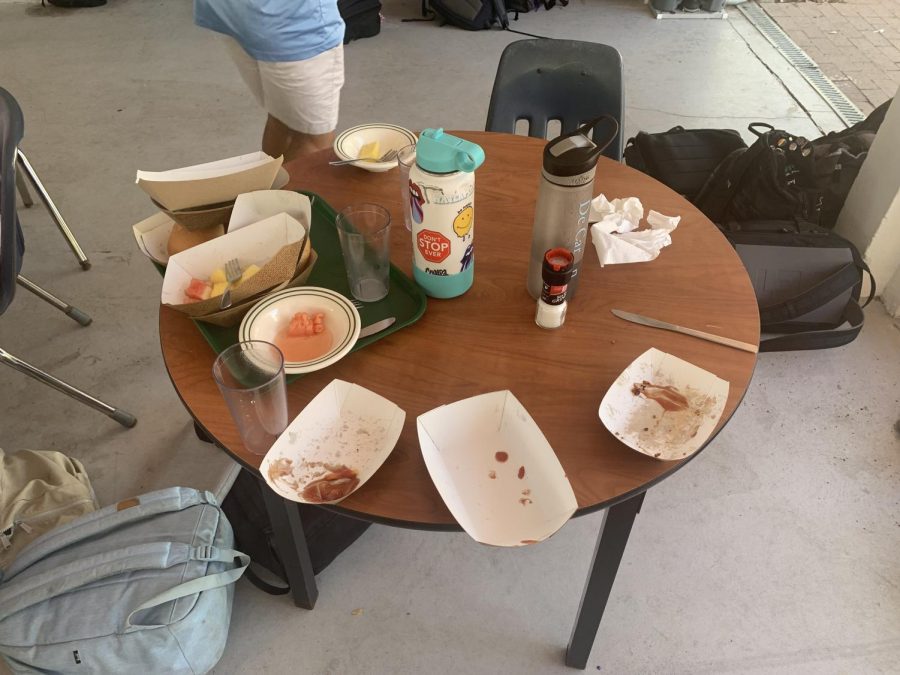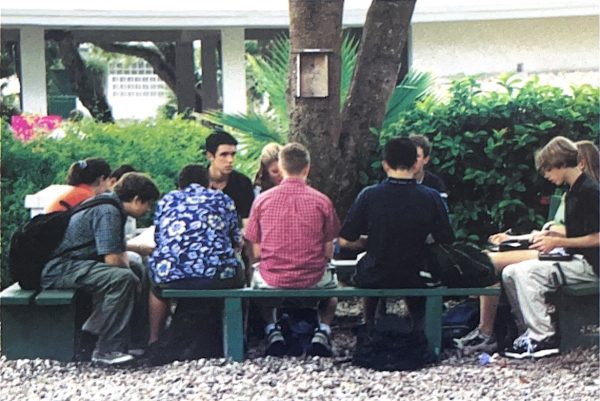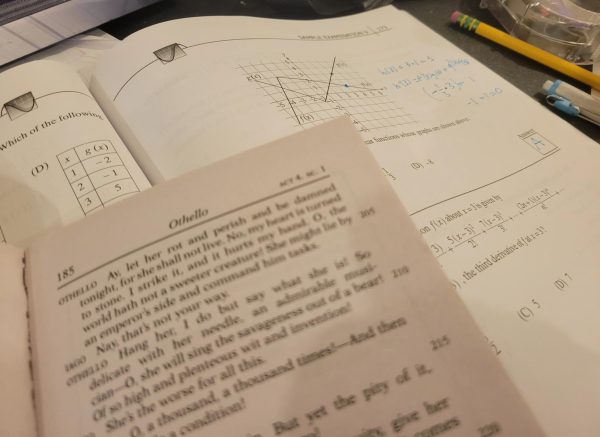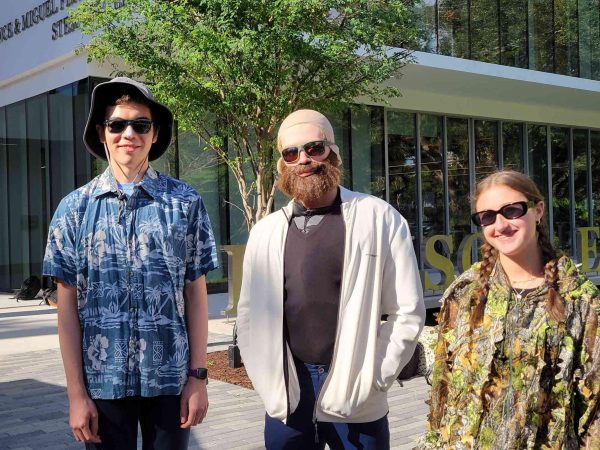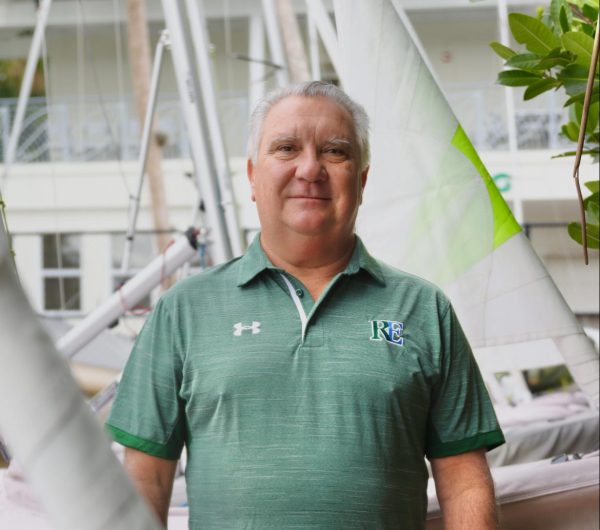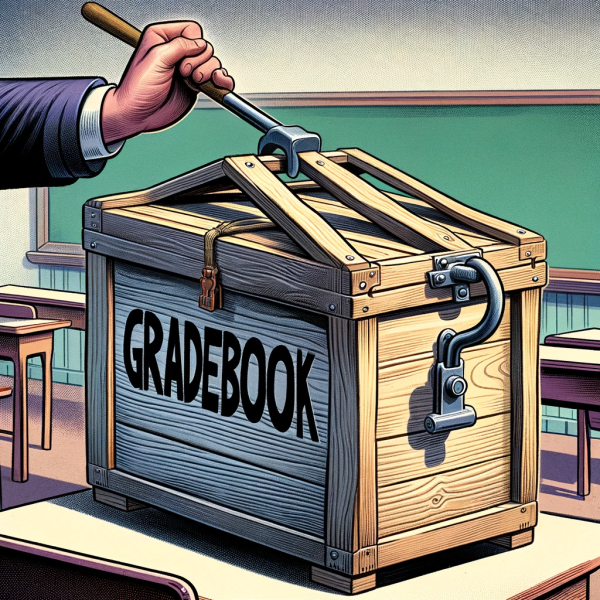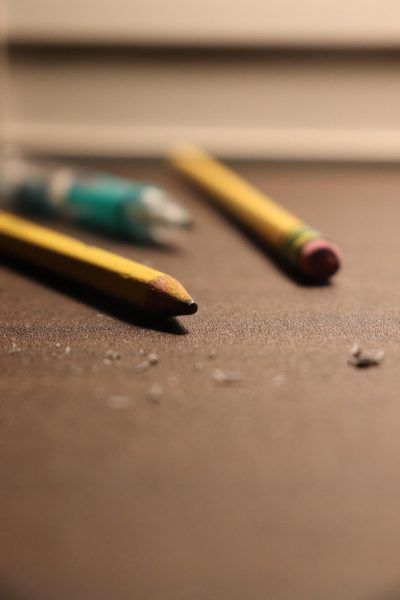How to fight food waste at Ransom Everglades
Empty containers after an RE lunch.
On a typical chicken patty lunch day at Ransom Everglades, you will often find a sophomore boy walking out of the cafeteria balancing 6 chicken sandwiches on his left arm. Seeing the mad frenzy of the lunch lines and vowing to make only one trip, students often try to get as much food as they think they can eat. This leads to a problem: food waste.
“I see the food piled up in the trash cans after lunch,” said Logan Feldman ’24. “People just throw away what they can’t eat. There is obviously a problem, and something needs to be done about it.”
The Environmental Service Council has produced a plan to combat this food waste: a new composting system at the Upper School. Lauren Heller ’22, a member of the ESC who works with the composting and mangrove cleaning efforts, said that ESC has “spoken to a composting organization, and they are ready to help us set up a composting system, which we have the funds for.”
The ESC hopes to create a system that will increase the sustainability of the school and allow for progress in the creation of a rooftop garden on the roof of the STEM building. Dr. Kristine Stump, an environmental science teacher at the Upper School and a faculty sponsor of the ESC, explained that “when we get the rooftop garden going in STEM, we are going to compost and then use the composting system for the soil of the garden.”
Any cafeteria that feeds an entire high school population daily is bound to produce food waste. However, Mr. Alfredo Silva, the head chef in the RE cafeteria, explained that the cafeteria does not produce as much waste as one might believe. Mr. Silva described how the food that is left over from lunch is eaten by the cleaning crew or the cafeteria staff. “The cleaning crew comes at 12:30 or 1:00, when we finish with the lunch rush, and I don’t leave anybody behind, so whatever is not eaten at lunch, they will eat,” Mr. Silva explained.
As for the food that is left in the salad bar, “If it is untouched and left over, we will almost always put it in the refrigerator and serve it again the next day, and it is always eaten then,” he said. Mr. Silva also described how the cafeteria orders food specifically to reduce the possibility of waste.
However, Heller, Mr. Silva, and Dr. Stump all echoed one point: much of the food waste comes from students’ personal choices. Dr. Stump explained that the best way to reduce the waste is through “composting and personal choices.” It is up to students themselves to do their part.
Mr. Silva echoed this statement by explaining the cafeteria’s portioning system. “We also serve some of the food, so that we can control the portions. For the food that you must serve yourself, it is up to the individual person to make the right choice and get an appropriate amount of food. I also pay attention to how much of a certain kind of food is ordered one day, and then will order it accordingly for a different day. There is almost no waste from the protein options,” he said.
On a day when the cafeteria serves chicken, Mr. Silva and SAGE Dining will order seven cases of chicken, each with 40 pounds of meat, and all of it is gone at the end of the day. The problem arises when students take more than they can eat.
Mr. Silva also pointed out another problem that the ESC has committed itself to combatting: “It is too often that we find silverware and dishes in the trash.”
According to the ESC, implementing the composting system and becoming more aware of personal choices can allow the RE campus to maximize its sustainability. “Don’t get more food than you need,” said Heller.


